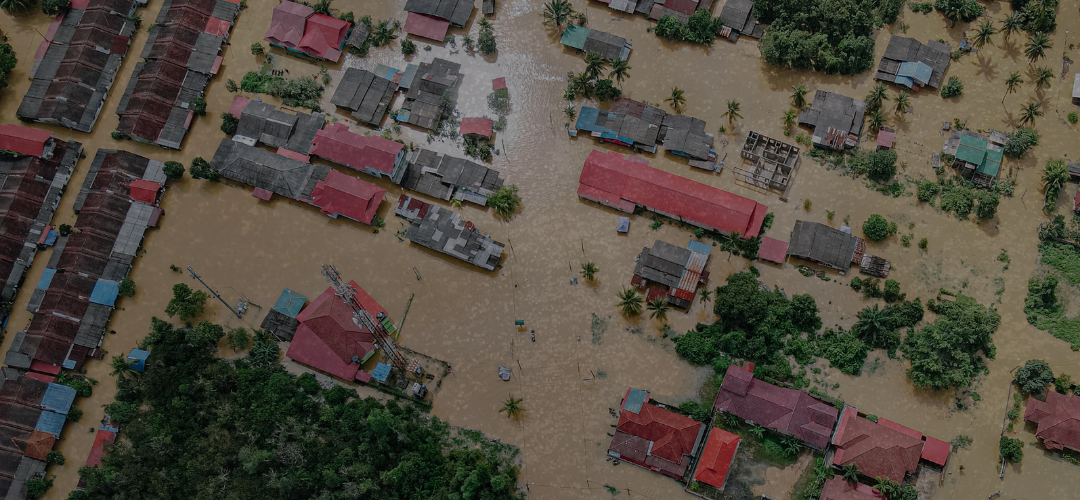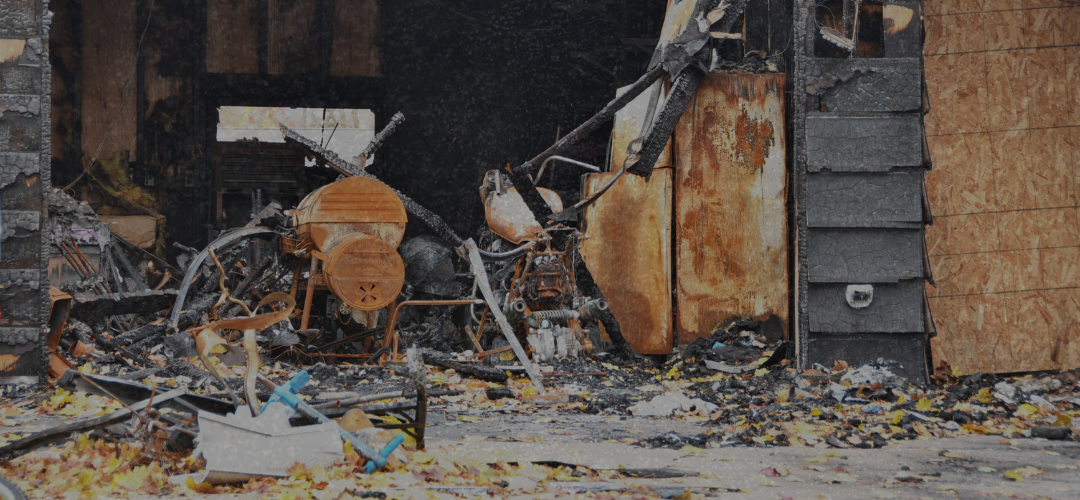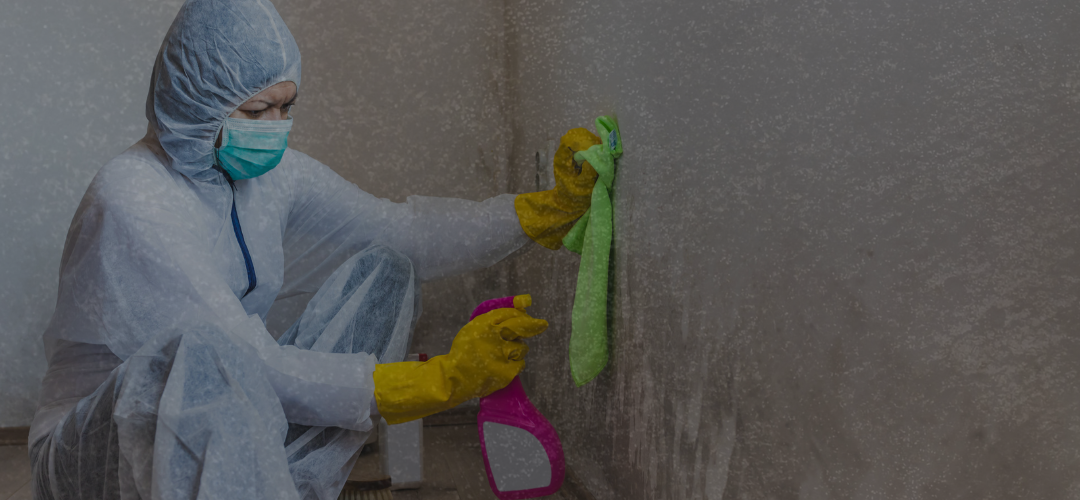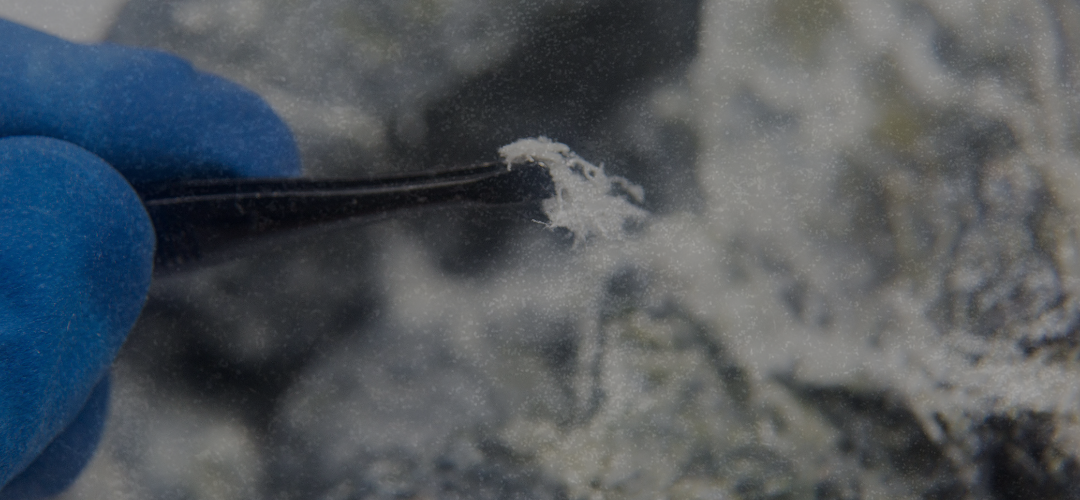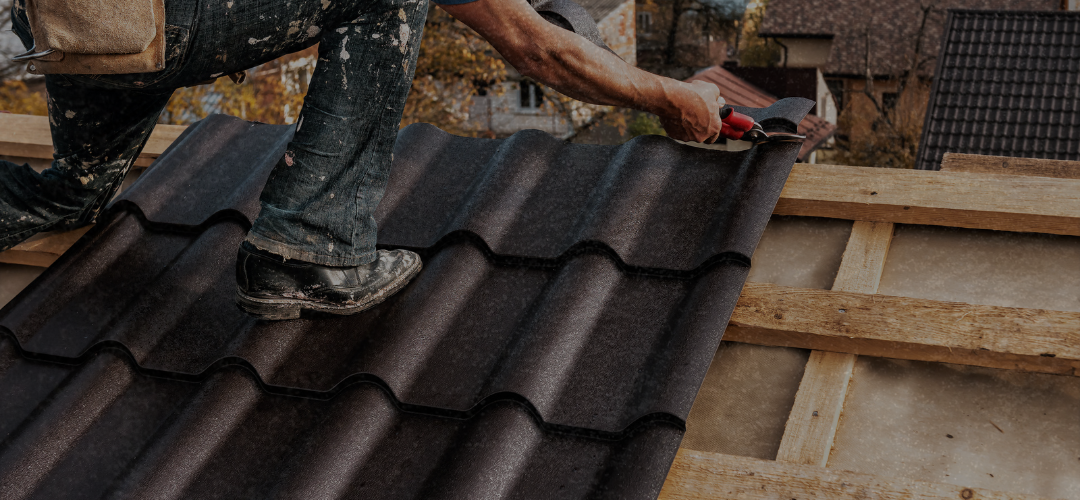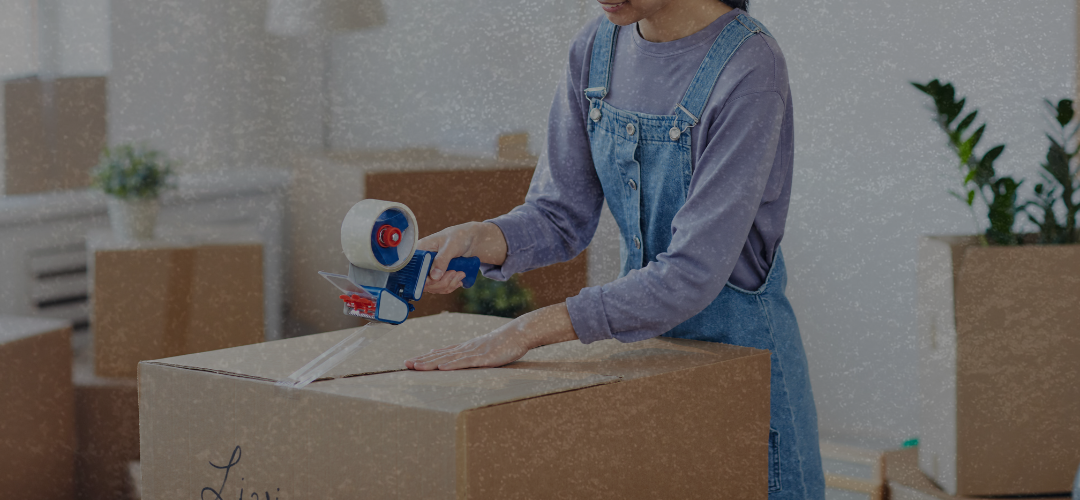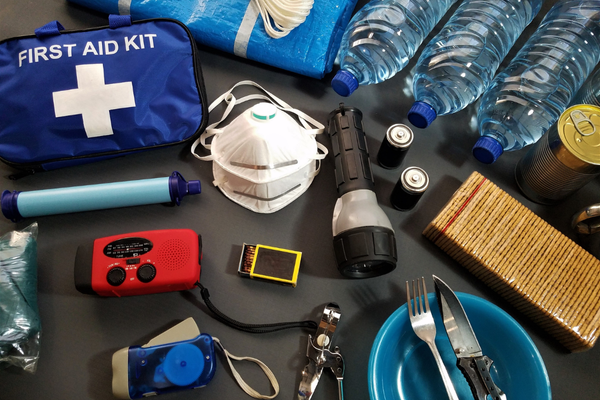Property damage from disasters and construction debris can cost homeowners and businesses thousands of dollars in hidden expenses when professional cleaning gets skipped. Many Charlotte property owners discover too late that DIY cleanup attempts often miss critical contaminants, leading to health hazards, insurance claim complications, and expensive repairs down the road.
Both structural cleaning after disasters and post-construction cleaning play vital roles in protecting property investments and occupant safety. These specialized cleaning services go far beyond regular maintenance, requiring professional expertise, industrial-grade equipment, and knowledge of safety protocols that most property owners lack.
This guide will walk readers through the essential processes, benefits, and professional techniques involved in both structural cleaning services and post-construction cleaning. Property owners will learn when to call professionals, what each phase involves, and why expert intervention often saves money while protecting health and property values.
The two main pillars covered include disaster-related structural cleaning that addresses fire, flood, storm, and mold damage, plus the three-phase approach to post-construction cleaning that prepares newly built or renovated spaces for safe occupancy.
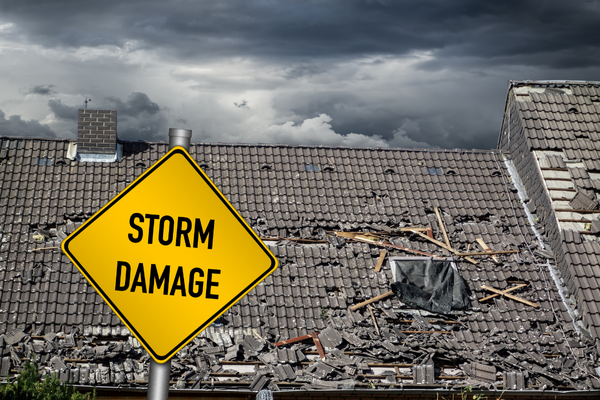
Table of Contents

Structural Cleaning After Disasters – Steps & Benefits
Understanding Structural Cleaning After Disasters
Structural cleaning in disaster contexts refers to the thorough decontamination and restoration of buildings affected by catastrophic events. This process goes well beyond surface cleaning to address deep contamination, structural integrity concerns, and health hazards that disasters leave behind.
Several types of disasters require professional structural cleaning expertise:
- Fire damage – Removes soot, smoke residue, and chemical contaminants
- Flood damage – Addresses water contamination, bacterial growth, and moisture issues
- Storm damage – Handles debris, structural damage, and water infiltration
- Mold infestations – Eliminates fungal growth and spore contamination
The difference between emergency cleanup and thorough structural cleaning lies in scope and expertise. Emergency cleanup focuses on immediate safety and preventing further damage, while structural cleaning addresses long-term health risks and prepares properties for proper restoration.
Property owners should call professionals when dealing with:
- Contaminated water or sewage backup
- Extensive mold growth beyond 10 square feet
- Fire damage involving synthetic materials
- Chemical spills or hazardous material exposure
- Structural damage affecting building integrity
DIY limitations become apparent when specialized equipment, safety protocols, and contamination knowledge are required. Most homeowners lack access to industrial dehumidifiers, antimicrobial treatments, and personal protective equipment needed for safe cleaning.
The Structural Cleaning Process: Step-by-Step
Initial Assessment and Safety Evaluation
Professional teams begin with thorough structural integrity inspections to identify compromised areas that could pose safety risks during cleaning operations. This critical first step prevents accidents and guides the entire restoration strategy.
Identifying hazardous materials requires trained professionals who can spot asbestos in older buildings, lead-based paints, and chemical contamination that emergency responders might have missed. These materials demand special handling and disposal procedures.
Documentation for insurance purposes involves detailed photography, moisture readings, contamination mapping, and damage assessments that support claims and prevent disputes later. Proper documentation often means the difference between approved and denied insurance claims.
Creating a cleaning timeline helps coordinate with insurance adjusters, restoration contractors, and property owners to minimize disruption while addressing all contamination issues systematically.
Debris Removal and Demolition
Safe removal of damaged materials follows strict protocols to prevent cross-contamination and protect workers from exposure to hazardous substances. This phase often reveals hidden damage that affects cleaning strategies.
Proper disposal of contaminated items requires knowledge of local regulations, hazardous waste procedures, and environmental protection requirements. Materials like asbestos, lead, and chemical-soaked debris need specialized disposal methods.
Salvaging recoverable materials involves careful assessment of items that can be cleaned and restored versus those requiring replacement. This evaluation saves property owners significant money while maintaining safety standards.
Environmental considerations include protecting surrounding areas from contamination spread, managing runoff water, and following EPA guidelines for hazardous material handling.
Deep Cleaning and Decontamination
Specialized cleaning techniques vary by disaster type, with fire damage requiring different approaches than flood contamination. Each situation demands specific products, equipment, and methods to address unique contaminants effectively.
Sanitization and disinfection protocols follow CDC and EPA guidelines to eliminate bacteria, viruses, and other biological hazards that disasters often introduce. These processes protect future occupants from health risks.
Odor elimination methods go beyond masking smells to actually neutralize odor-causing molecules at their source. Professional techniques include ozone treatment, hydroxyl generation, and enzyme applications.
HVAC system cleaning prevents contaminated particles from circulating throughout the property once restoration is complete. This step often gets overlooked but remains critical for indoor air quality.
Restoration Preparation
Surface preparation for repairs involves cleaning all materials to appropriate standards so that paints, sealers, and finishes will adhere properly and last as intended by manufacturers.
Moisture control and drying require industrial equipment and monitoring to prevent mold growth and structural damage during the restoration phase. Proper drying techniques save money and time.
Final inspection and quality control verify that all contamination has been addressed and surfaces are ready for restoration work. This step prevents callbacks and delays in the restoration process.
Coordination with restoration teams facilitates smooth handoffs between cleaning and reconstruction phases, preventing miscommunication and project delays that cost money.
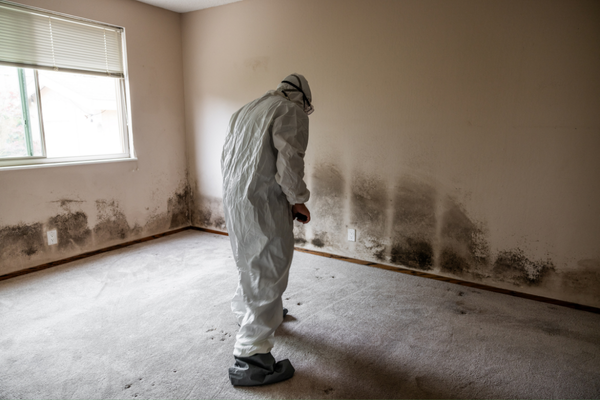
Key Benefits of Professional Structural Cleaning
Health and Safety Protection
Removal of harmful contaminants protects occupants from respiratory problems, skin irritation, and long-term health effects associated with disaster-related contamination. Professional cleaning addresses threats that often remain invisible to untrained eyes.
Prevention of mold and bacterial growth saves property owners from expensive remediation projects that can develop weeks or months after initial damage occurs. Professional drying and treatment prevent these secondary problems.
Improved indoor air quality benefits everyone who enters the property, particularly children, elderly individuals, and people with respiratory conditions who are most vulnerable to contamination effects.
Compliance with health regulations prevents legal liability and citation from regulatory agencies that monitor disaster cleanup and restoration activities.
Financial Advantages
Insurance claim optimization happens when professional documentation and cleaning meet policy requirements, maximizing reimbursement and preventing claim disputes that delay payments.
Prevention of secondary damage saves thousands of dollars by stopping mold growth, structural deterioration, and contamination spread that would require expensive future repairs.
Faster restoration timeline reduces business interruption costs, temporary housing expenses, and other financial impacts that extend when cleanup takes longer than necessary.
Long-term cost savings result from proper initial cleaning that prevents recurring problems, maintains warranty coverage, and reduces future maintenance requirements.
Property Value Preservation
Maintaining structural integrity through proper cleaning prevents hidden damage that could affect property values and marketability years after the initial disaster.
Preventing permanent damage requires professional intervention before contamination becomes embedded in materials that would need replacement rather than cleaning.
Establishing a proper restoration foundation means all subsequent work will be built on clean, stable surfaces that meet building codes and manufacturer specifications.
Meeting resale requirements becomes important when properties need to pass inspections, appraisals, and buyer scrutiny that could reveal inadequate cleaning or restoration work.

Post-Construction Cleaning Guide
What is Post-Construction Cleaning?
Post-construction cleaning encompasses the specialized cleaning processes required after building construction, renovation, or remodeling projects. This service differs significantly from regular janitorial maintenance because construction creates unique debris, dust, and contamination challenges.
The difference from regular janitorial services lies in the equipment, techniques, and expertise required to address construction-specific cleaning needs. Standard maintenance crews often lack the training and tools necessary for effective post-construction cleaning.
Several types of construction projects require specialized cleaning attention:
- New building construction • Major renovations and remodeling • Commercial tenant improvements
• Industrial facility modifications • Residential additions and upgrades
Construction cleaning occurs in three distinct phases: rough cleaning during active construction, final cleaning after construction completion, and touch-up cleaning before occupancy. Each phase serves specific purposes and requires different approaches.
The Three Phases of Post-Construction Cleaning
Phase 1: Rough Cleaning
Timeline: During the construction process, typically weekly or bi-weekly
Key Tasks:
- Debris removal from work areas – Maintaining safe working conditions for construction crews while preventing debris accumulation that could interfere with ongoing work
- Window cleaning (interior and exterior) – Removing construction dust, paint overspray, and adhesive residue that could become permanent if left untreated
- Floor sweeping and basic mopping – Controlling dust levels and maintaining clean surfaces for continued construction activities
- Dust removal from surfaces – Preventing dust buildup that could affect air quality and interfere with construction processes
- Bathroom and kitchen basic cleaning – Maintaining sanitary conditions in functional areas during construction phases
Phase 2: Final Cleaning
Timeline: After construction completion, before occupancy preparation
Detailed Cleaning Tasks:
- Deep floor cleaning and finishing – Removing construction debris, adhesive residue, and preparing surfaces for final treatments or coverings
- Window and glass cleaning – Professional cleaning to remove all construction-related contamination and achieve streak-free clarity
- Light fixture and ceiling fan cleaning – Detailed cleaning of all fixtures, including lamp shades, globes, and electrical components
- Cabinet and appliance cleaning (inside and out) – Thorough cleaning of all storage areas, shelving, and installed appliances
- Wall washing and spot cleaning – Removing construction dust, fingerprints, and minor damage from all wall surfaces
- HVAC vent cleaning and filter replacement – Cleaning all air handling components and installing fresh filters for optimal air quality
- Bathroom deep cleaning and sanitization – Complete sanitization of all fixtures, surfaces, and accessories
Phase 3: Touch-Up Cleaning
Timeline: Final walkthrough and occupancy preparation
Final Details:
- Spot cleaning any missed areas – Addressing any items discovered during final inspections or client walkthroughs
- Final floor polishing or carpet cleaning – Preparing all flooring surfaces to move-in condition with appropriate treatments
- Window touch-ups and streak removal – Final window cleaning to address any issues from construction activity after final cleaning
- Hardware polishing and detailing – Cleaning and polishing all door handles, fixtures, and decorative hardware
- Final inspection and quality assurance – Professional walkthrough to verify all cleaning standards have been met
Specialized Post-Construction Cleaning Techniques
Dust Management
Construction dust characteristics differ from household dust because they contain fine particles from drywall, concrete, wood, and other building materials that can remain airborne for hours and settle into difficult-to-reach areas.
Proper filtration and removal methods require HEPA-filtered equipment, specialized vacuum systems, and techniques that capture particles without redistributing them throughout the space.
HVAC system protection and cleaning becomes critical because construction dust can damage equipment and continue circulating contamination long after construction ends.
Surface-Specific Cleaning
Different materials require different approaches because construction affects various surfaces in unique ways. Wood, metal, glass, stone, and synthetic materials each demand specific cleaning products and techniques.
Paint overspray and adhesive removal requires specialized solvents and techniques that remove contamination without damaging underlying surfaces or finishes.
Grout cleaning and sealing addresses construction debris that becomes embedded in porous materials and could cause long-term staining or damage.
Metal and fixture polishing restores construction-dulled surfaces to their intended appearance and protects them from future contamination.
Safety Considerations
Personal protective equipment requirements protect cleaning crews from construction-related hazards including fine particles, chemical residues, and sharp debris that standard cleaning doesn’t encounter.
Chemical safety and ventilation become important because post-construction cleaning often involves stronger cleaning agents and solvents that require proper handling and air circulation.
Proper disposal of construction waste follows environmental regulations and safety protocols that differ from standard cleaning waste disposal.
Coordination with ongoing construction activities prevents conflicts between cleaning crews and construction workers while maintaining safety for everyone on site.
Benefits of Professional Post-Construction Cleaning
Time and Efficiency
Faster project completion results from professional crews who understand construction cleaning requirements and can work efficiently without interfering with final construction activities.
Professional-grade equipment and techniques address construction contamination more effectively than standard cleaning equipment, reducing time requirements and improving results.
Experienced team coordination prevents delays and ensures all cleaning phases align with construction schedules and occupancy deadlines.
Reduced need for re-cleaning saves time and money because professional crews address all contamination issues correctly the first time.
Quality and Standards
Meeting building code requirements involves cleaning standards that affect occupancy permits and final inspections. Professional crews understand these requirements and clean to appropriate standards.
Preparing for inspections means addressing all items that building inspectors, fire marshals, and health departments will examine during final approvals.
Creating move-in ready spaces requires attention to detail that goes beyond basic cleanliness to include aesthetic presentation and occupant comfort.
Professional appearance for handovers helps contractors maintain their reputation and client relationships by delivering properly cleaned spaces.
Health and Safety
Removal of construction-related contaminants protects future occupants from respiratory irritation, allergic reactions, and other health effects associated with construction dust and debris.
Proper handling of potentially hazardous materials addresses construction waste that may contain chemicals, sharp objects, or other materials that could cause injury.
Creating healthy indoor environments requires thorough contamination removal and air quality improvement that protects occupant health and comfort.
Compliance with occupational safety standards protects both cleaning crews and future occupants from construction-related health hazards.
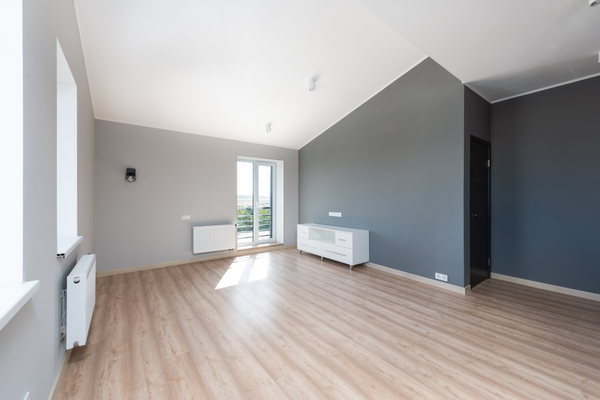
Conclusion
Professional structural cleaning services and post-construction cleaning provide critical benefits that protect health, preserve property values, and save money over time. Whether addressing disaster damage or construction debris, these specialized services require expertise, equipment, and techniques that go far beyond standard cleaning capabilities.
The importance of professional expertise cannot be overstated when dealing with contamination, structural damage, or construction-related debris. Content Restoration Services brings over 25 years of experience to Charlotte, NC properties, providing the knowledge and capabilities needed to address these complex cleaning challenges effectively.
Property owners facing disaster damage should consider professional water damage restoration, fire damage cleanup, or mold removal services to protect their investments and health. For construction projects requiring professional post construction cleaning charlotte nc, Content Restoration Services offers the expertise needed to prepare spaces for safe occupancy.
Don’t risk your property’s value or your family’s health with inadequate cleaning. Contact Content Restoration Services today for a consultation about your structural cleaning or post construction cleaning services charlotte needs. Professional cleaning expertise makes the difference between temporary fixes and long-term solutions that protect what matters most.

